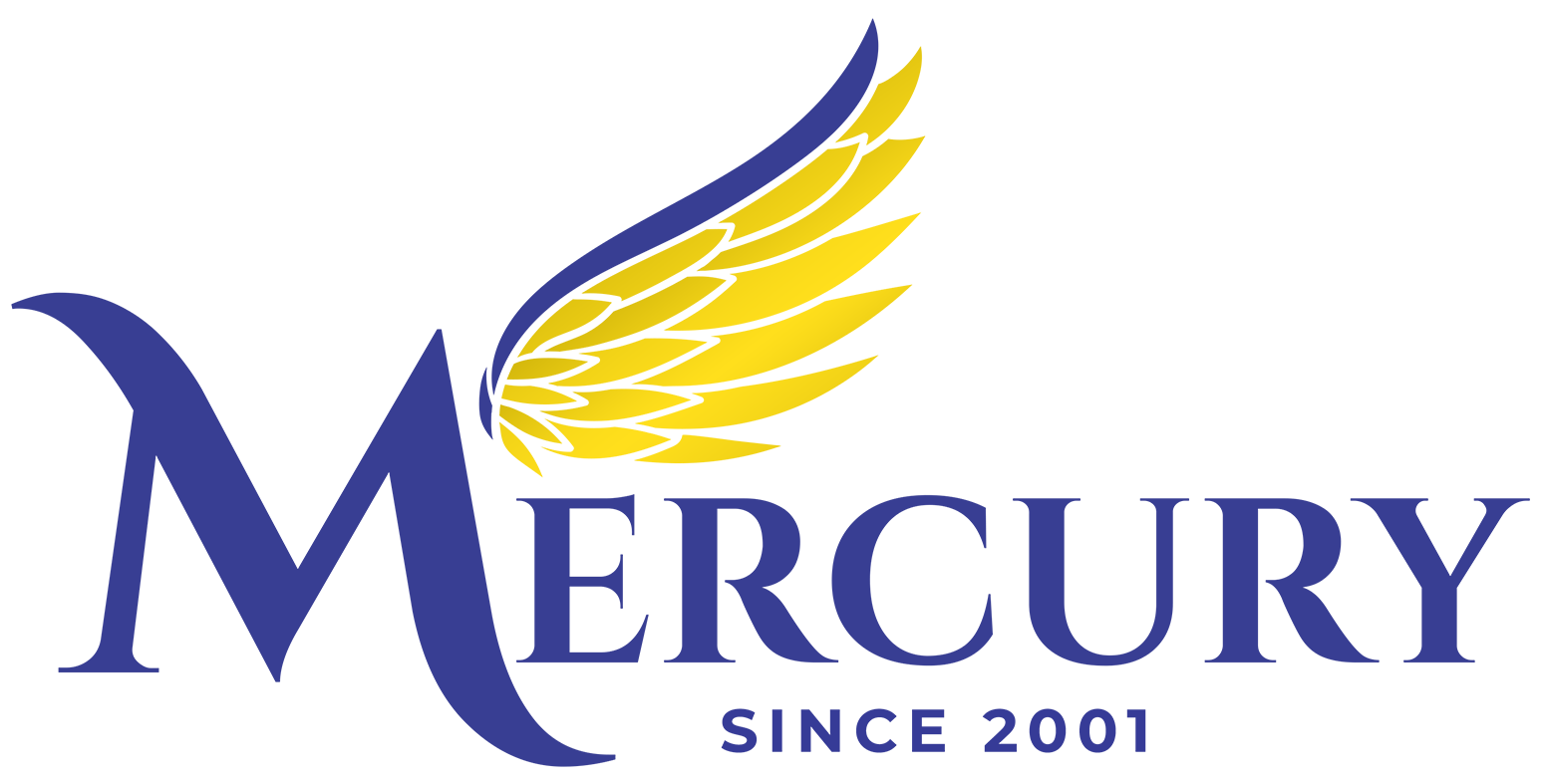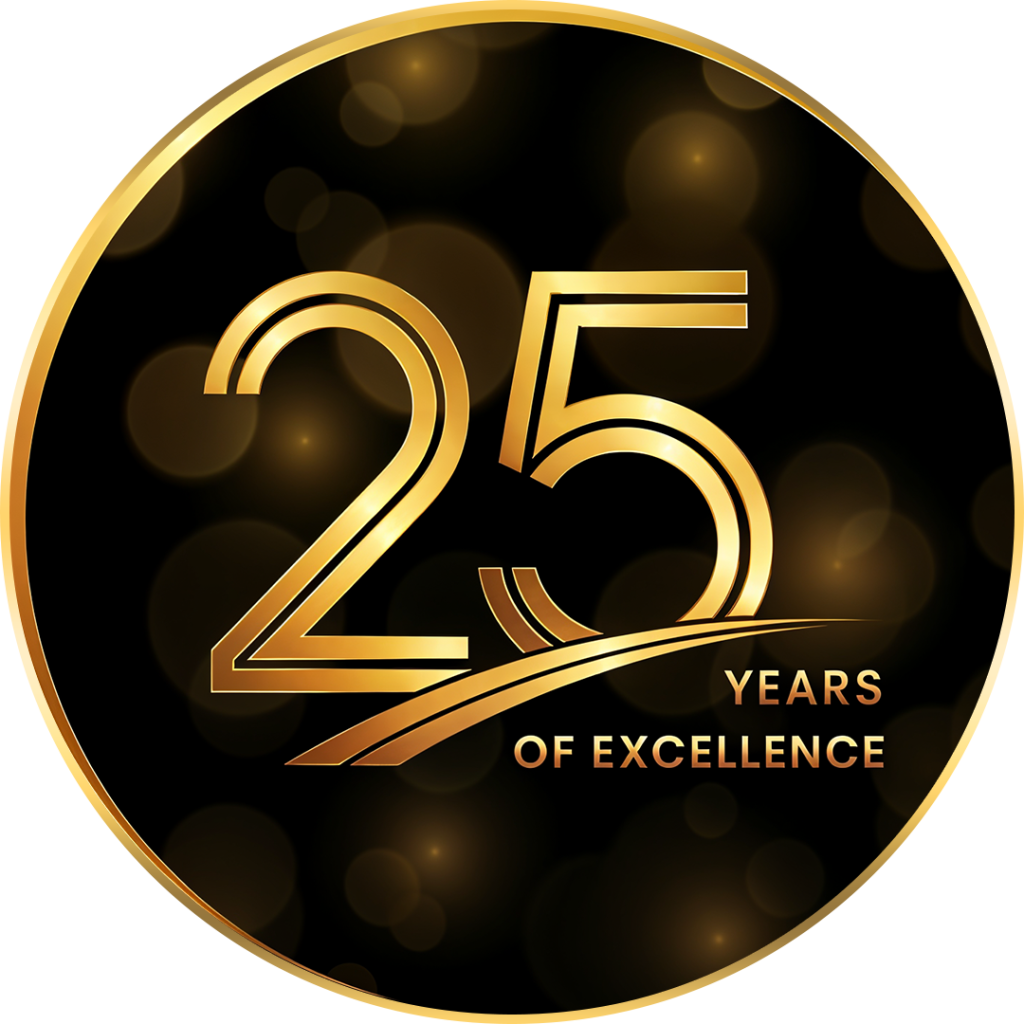
Program Overview
Recognized globally as the top designation in financial risk management, the FRM® certification demonstrates your ability to assess and manage financial risk—setting you apart in the industry and boosting your career in roles like risk management, treasury, compliance, and consultancy.
About GARP
The FRM® is issued by GARP (Global Association of Risk Professionals), a leading non-profit established in 1996 and headquartered in Jersey City, USA. GARP’s FRM Committee and global risk experts annually update the program to reflect real-world needs and ensure candidates are equipped to address current financial challenges.
Program Significance
The FRM curriculum and exams are benchmarked to a master’s degree in multiple countries, including the US, UK, EU, Canada, China, Singapore, Australia, India, and more. Over 77,000 professionals worldwide hold the FRM designation
Program Significance
The FRM curriculum and exams are benchmarked to a master’s degree in multiple countries, including the US, UK, EU, Canada, China, Singapore, Australia, India, and more. Over 77,000 professionals worldwide hold the FRM designation
Why Choose Mercury for FRM®
- We partner with industry‑seasoned facilitators to deliver structured, exam-focused training.
- Our FRM program is aligned with GARP’s latest syllabus and is designed to guide you confidently toward certification.
- With over 20 years of experience, Mercury supports ambitious professionals in building influential careers in risk management.
Top 10 Employers of FRM® Holders (Globally)
- Industrial and Commercial Bank of China (ICBC)
- Bank of China
- HSBC
- Agricultural Bank of China
- Citigroup
- J.P. Morgan Chase
- Deutsche Bank
- Bank of America
- KPMG
- Credit Suisse
These institutions operate in highly regulated, complex financial environments where risk management is essential. FRM-certified professionals are valued for their:
- Deep understanding of global risk frameworks
- Practical skills in quantitative analysis and valuation
- Strong ethical foundation and regulatory knowledge
Entry Requirements
No formal education or work experience is required to register for the FRM Part I Exam.
Anyone can begin their FRM journey by enrolling in Part I — including undergraduates, graduates, or working professionals.
However, to earn the full FRM® certification, candidates must:
- Pass both Part I and Part II exams (in that order)
- Demonstrate two years of relevant full-time work experience in financial risk management or related fields (e.g., portfolio management, auditing, trading, compliance)
- Submit the experience within 5 years of passing Part II
- Complete both exams within 4 years of passing Part I
Who Should Consider the FRM® Certification?
Undertaking the rigorous course of study to become a Financial Risk Manager (FRM®) signals a strong commitment to a field that is rapidly becoming a critical priority for companies worldwide.
🔹 Finance Professionals
FRM certification helps professionals in risk management, investment management, banking, or treasury broaden their technical expertise and gain a deeper understanding of financial risk—enhancing both their credibility and career mobility.
🔹 Career Changers
Whether you’re already working in financial risk or looking to transition into the field, the FRM designation provides a structured pathway. It’s also highly relevant for professionals in credit, operational, compliance, and liquidity risk roles, as well as those in adjacent functions who want to build specialized, practical skills in risk management.
🔹 Students & Recent Graduates
For students pursuing degrees in finance, economics, mathematics, or related fields, the FRM offers a fast-tracked and industry-respected credential. Sitting for the FRM Exam during or soon after university signals to future employers a commitment to the profession and the ability to master complex, real-world financial challenges.
Exam
The FRM® designation is achieved by passing two computer-based, multiple-choice exams, each lasting four hours:
Exam Overview
- Part I: 100 equally weighted multiple-choice questions
- Part II: 80 equally weighted multiple-choice questions
- Each exam is 4 hours long, fully computer-based testing (CBT)
Exam Windows
- Both Part I and II are offered three times a year in May, August, and November
- Scheduling is flexible within each window—candidates choose specific dates and test centers via GARP’s platform (commonly administered through PSI or ATA)
Exam Topics
The FRM Exam Part I covers:
- Foundations of Risk Management
- Quantitative Analysis
- Financial Markets and Products
- Valuation and Risk Models
The FRM Exam Part II covers:
- Market Risk Measurement and Management
- Credit Risk Measurement and Management
- Operational Risk and Resilience
- Liquidity and Treasury Risk Measurement and Management
- Risk Management and Investment Management
- Current Issues in Financial Markets

